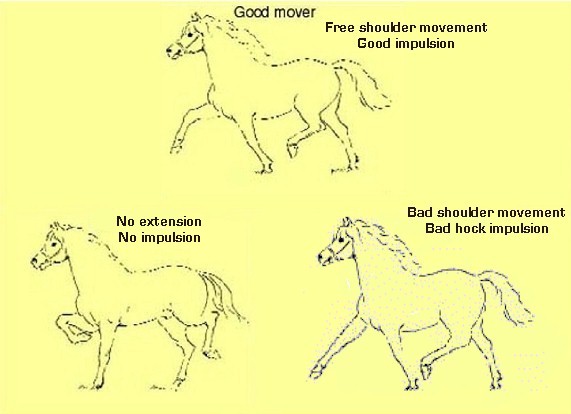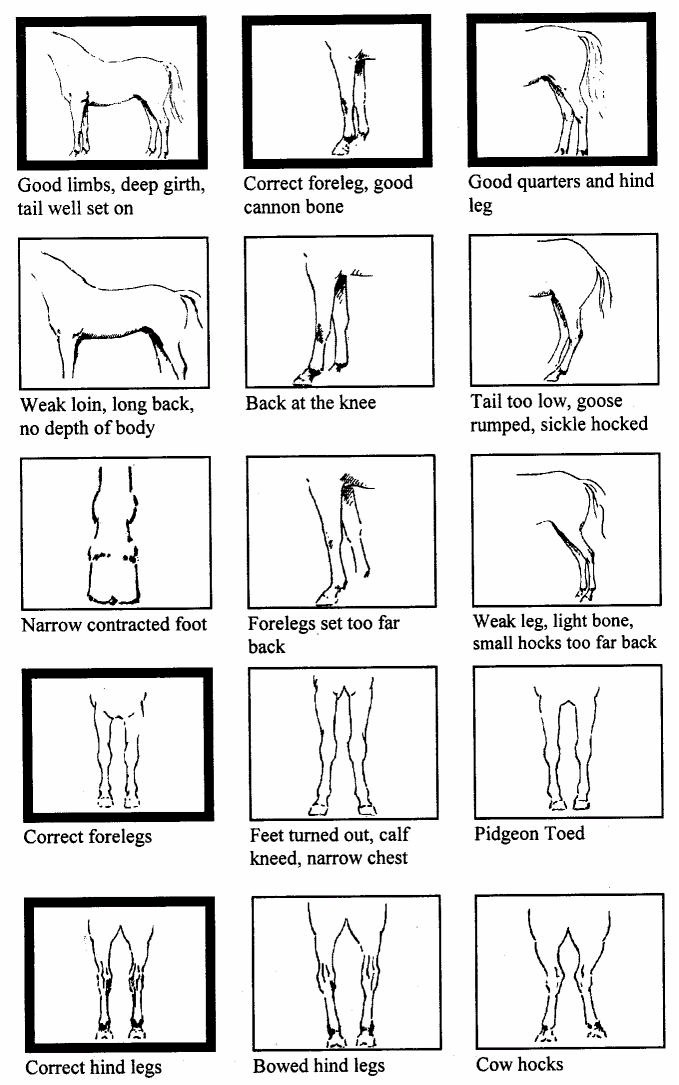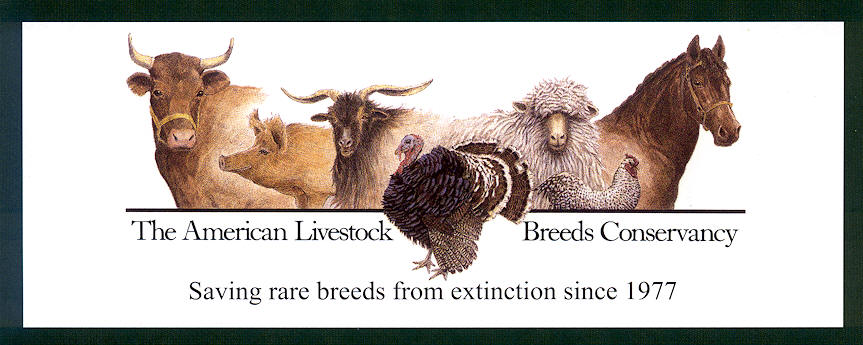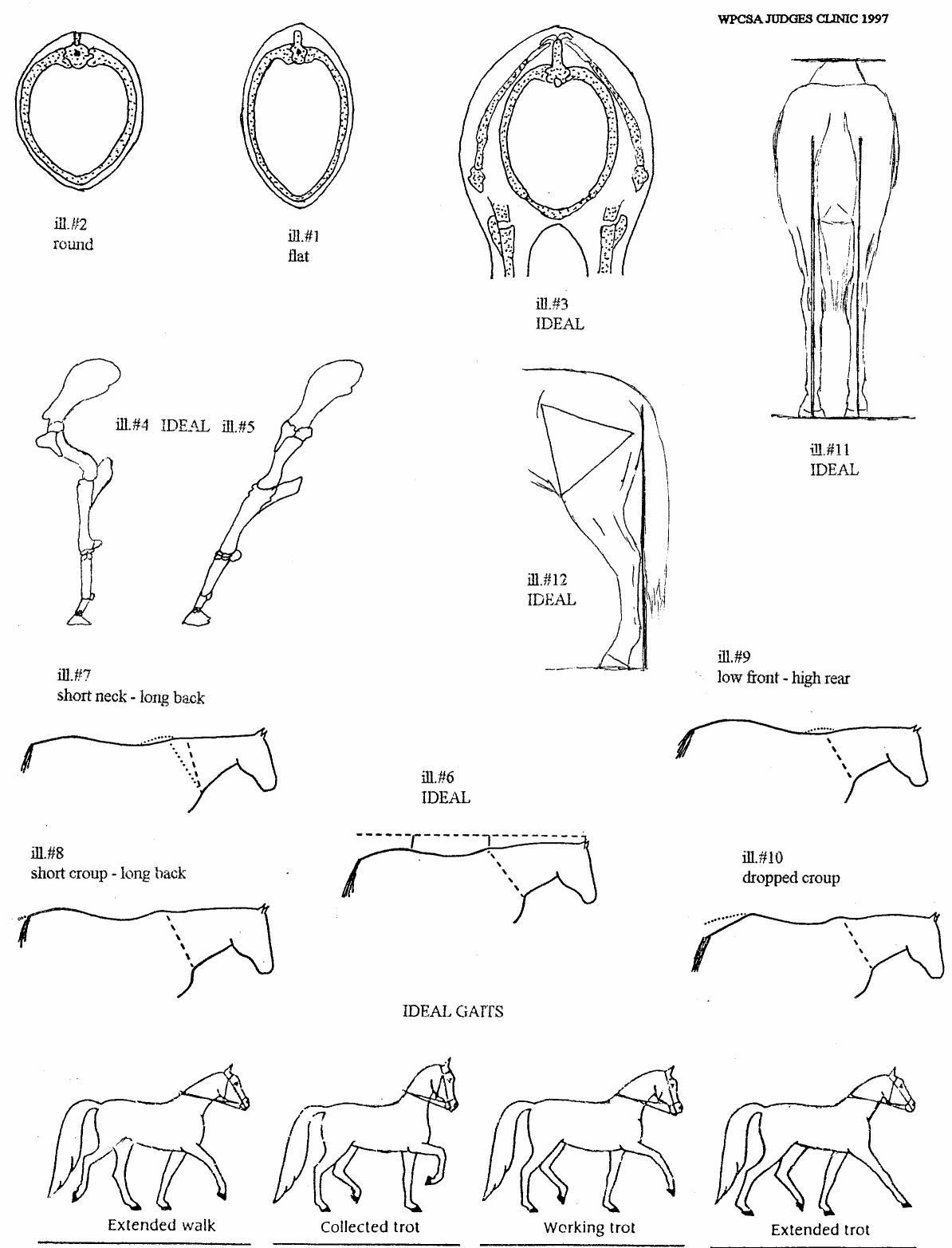|
|
|
|
|
|
| Home | |
|
Email Denise at crosscreekwelsh@gmail.com |
|
|
EQUUS SURVIVAL TRUST ....... KEEPING THEM SAFE
and PURE The Equus Survival Trust is a |
|
|
|
|
|
|
|
|
I am happy to see so many visitors to our Preservation Breeding and Breed Standard pages. This confirms my
belief that there are many Welsh pony and cob lovers out there that are similarly concerned with the direction in which the breeding of our beloved
equines has taken in the past. However, due to the quest for more fashionable animals that more closely resemble breeds that demand higher prices, there are many breeders who are
producing ponies that are not immediately recognizable as Welsh. As we all know many crossbred ponies inherit the beautiful heads of our
Welsh, but there the similarity stops. The depth and width of body, the short cannons, the strong back, loins, and gaskins, the bone, and the extraordinary
movement that comes free from the shoulder with height and reach is just not there. Instead we see refined, weedy, leggy animals, or the heavier, long
backed, goose rumped type with movement more suited
to the horses bred to compete in the hunter world, western world, driving world and dressage world; and this is found in all sections of our Welsh, though admittedly some sections are being affected more than others. How can we effectively communicate that the Welsh breed needed no improvement to compete in these disciplines. The improvement done in the UK to the Section B's stopped in the early 1900's, and the Section D's much earlier than that, but still breeders are compounding bloodlines that exhibit more characteristics (phenotype) of "foreign" animals used to improve the Welsh than the original Welsh breed. If a pony has Thoroughbred or Arabian or any other breed of horse in the first twelve generations of it's pedigree, those genes can be diluting the Welsh pony genes. If there are more than one example of another breed in the first twelve generations of both sire and dam of a pony The result is that breeders are producing ponies that have no set type and throw no set type, ponies that should be declared a "new breed". Unfortunately for our breed, these animals are promoted worldwide as examples of exemplary WELSH type by breeders and judges who have no concept of how important retaining the pony type of the original Welsh ponies is to the breed. Please read the articles by experts in breeding and genetics below, and then consider whether many ponies being propagated today are good examples of true Welsh ponies. |
|
|
|
|
|
This is the Welsh Breed Standard, and below are illustrations of good/bad Welsh conformation. It shows what to look for, and what not to accept, in a pony or cob you are looking at to purchase. The illustrations are from pamphlets that were given to new members by the WPCSA prior to the 1980's. |
|
|
|
|
|
Let's start with the head. The head should be short and well balance. Many feel the face should be dished, but this is NOT a
requirement, just a preference. |
|
|
|
 |
|
The neck should not be too long nor too short and the headset must be on an open throatlatch. A well set neck leads to a good shoulder which should lead back to the withers not upright ending before the withers. A straight should makes poor movement. |
|
 |
 |
|
There should be acceptable room in the chest to allow for some distance between the front legs, not too narrow, not too wide. |
|
 |
 |
|
|
|
|
|
|
|
PRESERVATION BREEDING THE PAST AND THE FUTURE |
|
| Does it seem that current generations are ignoring the lessons of experienced, knowledgeable, hands-on breeders of the past? If current breeders are more knowledgeable, then why is current scientific information confirming the information passed down from our ancestors? It seems the old adage "experience is the best teacher" is most valuable after all, especially pronounced in preservation breeding. | |
| When preserving any domestic animal population, we must not be content with the
maintenance of the names or the reputation of some groups of breeders, but require the preservation of genes and valuable traits (i.e. the original type,
size, conformation, performance, resistance and adaptability of animals (Bodó, 1987a,b)) for the future of mankind. The elimination of foreign genes or characteristics from a population "contaminated" by another breed is possible only by selection of living herds or flocks and therefore this problem belongs also the in situ preservation. If an ancient breed has been influenced by another breed, preservation is possible in three ways:
To guarantee the preservation of such a population we should be convinced that it does not carry more than 20 per cent of foreign blood (Alderson, 1981). However, the precise determination of this percentage may be very difficult. If the population in question has valuable traits, purification can result in a good population which has merit enough to be preserved. When the foreign influence is too great, a new breed name should be given in order to be authentic. Thus, the purification is essentially a selection procedure. However, the culling of animals, carriers of foreign genes, is very dangerous when the population size is small. Therefore, with the population in critical status the first step is to increase the population size. Selection is then carried out by culling the animals with markings or characters of another breed or breeds. During this selection an attempt should be made not to decrease the genetic variability in other traits and to maintain the value of the population in question. The selection of males should be emphasized. Heritage animals were bred over time to develop traits that made them particularly well-adapted to local environmental conditions. Heritage breeds are generally better adapted to withstand disease and survive in harsh environmental conditions, and their bodies can be better suited to living on pasture. These livestock breeds also serve as an important genetic resource, and when heritage breeds become extinct, their unique genes are lost forever and can't be used to breed new traits into existing livestock breeds. Therefore, by raising heritage livestock breeds, sustainable farmers not only maintain variety within our livestock populations, they also help to preserve valuable traits within the species so that future breeds can endure harsh conditions. Heritage breeds are traditional livestock breeds that were raised by farmers in the past, before the drastic reduction of breed variety caused by the rise of industrial agriculture. Within the past 15 years, 190 breeds of farm animals have gone extinct worldwide, and there are currently 1,500 others at risk of becoming extinct. In the past five years alone, 60 breeds of cattle, goats, pigs, horses and poultry have become extinct. |
|
Parameters of Livestock Breeds on the Conservation Priority ListLivestock breeds on the Conservation Priority List generally conform to certain genetic and numerical parameters:
Breeds not meeting all these criteria may be placed in the “Study” category and monitored. |
|
| Preservation breeding is an attempt by many animal breeders to preserve bloodlines of animals, either of a rare breed, or of rare pedigrees within a breed. One purpose of preservation breeding is to protect genetic diversity within a species, another is to preserve valuable genetic traits that may not be popular or in fashion in the present, but may be of great value in the future. | |
| The current WPCSA point and show systems for the Welsh pony breed does nothing to preserve the original standard of our breed. The system concerns only two things: 1) Points awarded by Judges at WPCSA shows, and, 2) breeders who have the finances to campaign their animals to attain those points. The defects in this system is that Judges can and do judge according to their own preferences in the type, conformation and movement of animals, not by the Breed Standard and 2) promotion of ponies who have not been judged by breed specialists who are truly experts in evaluating physical soundess and appearance relative to the breed standard. Therefore, all the LOM's, AOE's, OD's and BOD's bestowed have little to no merit. | |
| This system does nothing to preserve the original qualities of the Welsh Breed, it does not accurately demonstrate the individual pony or cobs' inheritable strengths and weaknesses in type, conformation or movement, and finally it does not represent in actual fact the majority of pony and cob breeders throughout the country. | |
| How to correct the System? A Card System of grading Welsh would serve to correct the problems in the current system. Please read below keeping in mind that the "points" an animal earns are "awarded" by a team of breed experts who are unbiased as to breed and award only by comparing each animal for appearance relative to the Breed Standard and physical soundess. I would suggest the “team of breed experts” would consist of a farrier; a veterinarian with confirmable conformation and breeding expertise and with no connection to the WPCSA; and an unbiased lay person knowledgeable about the Welsh Breed Standard and way of moving. | |
| The WPCSA could save a great deal of money by offering ONLY ONE grade of WPCSA Show; and re-establishing their pointing of outside professional shows and events. In conjunction with this the WPCSA could approve two shows each year in different areas of the US which would hold Card Grading either in classes or in Clinics at the shows. Fees could be charged to pay for the Grading experts and expenses. And finally our members, breeders, exhibitors, and people interested in our breed would have an unquestionable means of choosing ponies that would best suit their needs. | |
| Here is how card grading works: | |
|
Card Grading PROTOCOLSPurpose The objective of card grading is to evaluate individual animals relative to a breed standard and assess their potential as breeding stock. Card grading, with its evaluation of all individuals within a group of animals, strengthens breeders’ understanding of the characteristics and attributes of their breed and, in turn, encourages the protection of genetic diversity within the breed. This is in contrast to competitive judging, which encourages uniformity by rewarding only a single "best" animal within a show class. Card grading is not complicated and, in fact, is the same process that successful breeders have always practiced. Each animal presented for evaluation receives a grade (represented by a card). This is another contrast to regular judging, in which the only evaluations made are the ribbons given to top placed animals. The results of card grading evaluation can be used in conjunction with pedigree analysis to plan breeding programs for individual flocks/herds or for entire breeds, making card grading a powerful tool for conservation breeding. The method of card grading evaluation has been used primarily for sheep and poultry, but it can be adapted for any species of livestock. Card grading may be used by individual breed associations to serve as the sole basis for evaluation or it may be used in conjunction with traditional competitive showing and judging. Procedure Animals may be presented in a ring or in pens. If pen evaluation is used, there must be adequate room to observe the animals and not so much bedding as to obscure the feet. The advantage of card grading in a ring is that movement is easier to assess and observers are better able to follow the process of evaluation. It is a general practice that the owners of animals are not identified during the evaluation process. Card grading is done by a team of three or four breed specialists, who must agree on the grade given to each animal. The team works from a breed standard provided to them prior to the event by the breed association or show organizers. Each animal is evaluated for physical soundess and for appearance relative to the breed standard. Some breed associations have developed a scale of points, with points being assigned to individual characteristics of the breed standard. Characteristics will carry different weightings, indicating their relative importance. Generally, the points are summed for an overall score. However, care must be taken in using a strictly numeric approach. For example, an animal with bad feet should be failed, regardless of its other redeeming qualities. Again, card grading is a strategy for assessing physical soundness as well as phenotype. To find point scales, contact the breed association or ALBC. The American Poultry Association’s has published scales for each of the poultry species in the APA American Standard of Perfection. |
|
|
Animals are not compared to each other, but only to the breed standard. Allowances are made for age and sex, but condition and presentation should not be factors for evaluation. An evaluator should have no expectations about how many animals in a group will fall into a particular category. Theoretically, all animals in the group could fall into the same category. The goal is to evaluate each animal fairly without sub-consciously seeking a single "best" individual. Do not begrudge the use of blue cards; instead, identify all excellent animals as such. When the evaluators agree on the grade for an individual animal, it is given a colored card to represent this grade. The card may be attached to the animal or to its stall or pen. One of the evaluators (or an additional scribe) records the results and evaluators’ comments. The scribe serves as an evaluator when animals belonging to one of the other team members are being evaluated. A verbal or written evaluation is provided to the owner of each animal. Written comments need not match a scorecard format, but instead should note characteristics significant to the assignment of grades. If animals are to be auctioned after evaluation, cards should remain with them through sale to assist both seller and buyers. The grade given to each animal is made on that day and is not considered a permanent evaluation. Grades Blue Card – An excellent breeding animal conforming to breed standard and free from any genetically based unsoundness. Red Card – A good breeding animal which shows most of the breed characteristics and is free from genetically based unsoundness. Yellow Card – An acceptable, average breeding animal with no disqualifying deviations from breed standard nor genetically based unsoundness. White Card – An unacceptable breeding animal which does not conform to breed standard, is of another breed, or is genetically unsound. These animals are excused from the show (and sale) and should not be used for pure breeding. Use With Competitive Showing |
|
|
|
|
|
An Introduction to Heritage Breeds ... Dr. Phillip Sponenberg, Jeanette Beranger, Allison Martin |
|
|
Disclosure: We are a review site that receives compensation from the companies whose products we review. We test each product thoroughly and give high marks to only the very best. We are independently owned and the opinions expressed here are our own. |
|
|
|
|
|
Copyright © Cross Creek Welsh Ponies 1969 |
|








